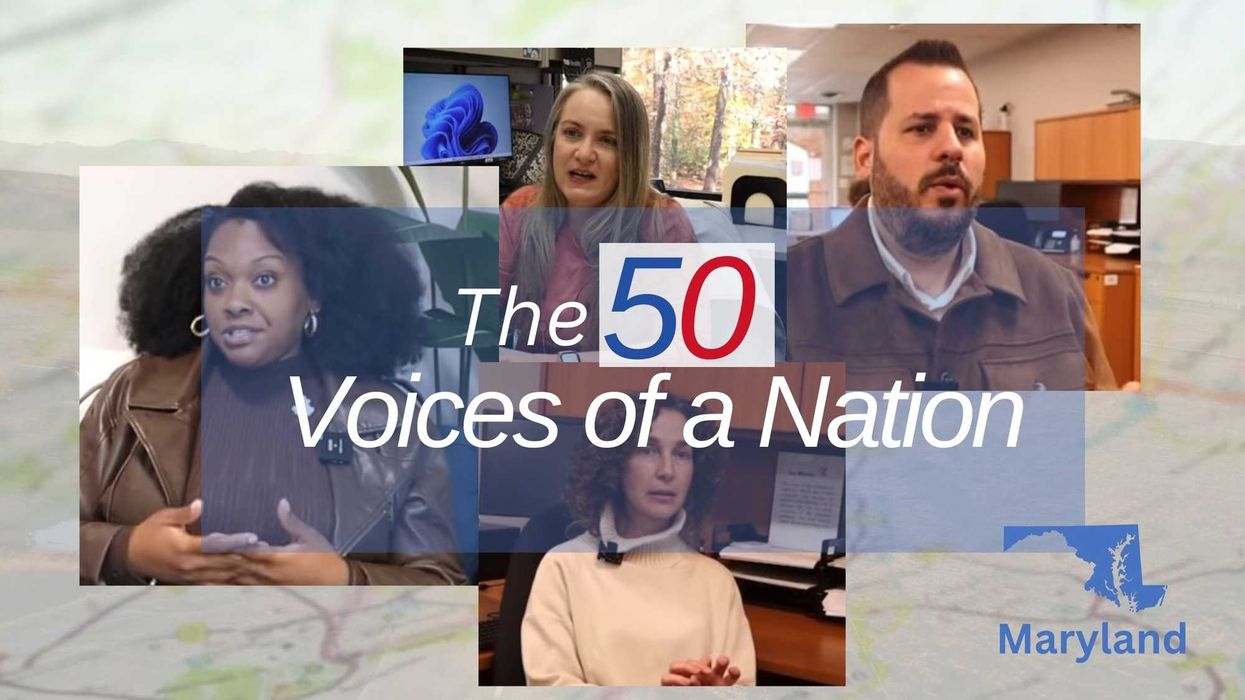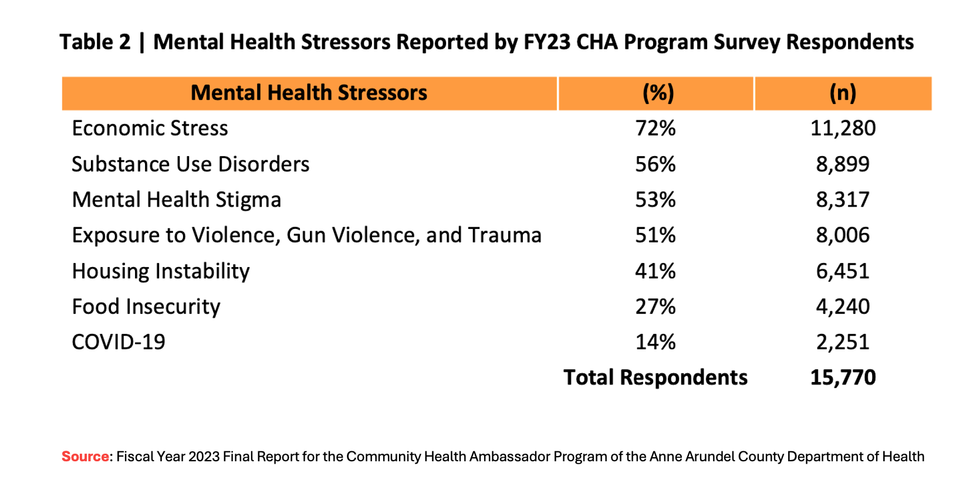Earlier this year, over 93,000 New Yorkers cast ballots to decide how to spend $30 million of the city’s 2026 budget. Voting either online or via paper ballots, they engaged in participatory budgeting, a process that allows residents to pitch, debate, and ultimately choose neighborhood investments, like better air conditioning in the local elementary school or improved public outdoor spaces.
Participatory budgeting has been a fixture of NYC life for over a decade, but it’s just one part of a larger movement to rebuild civic life from the ground up. In New York and a growing number of communities across the country, civic experiments are testing new ways to engage and include people in civic processes. These innovations remind us that rebuilding civic life starts locally, and the models tested in New York can help guide the way.
What Is Participatory Budgeting?
Participatory budgeting (PB) is a process that lets everyday citizens, not just elected officials, directly decide how to spend part of the public budget. It began in Porto Alegre, Brazil, in 1989 as part of a push for democratic reforms after the end of military rule. It spread through Latin America and Europe before gaining traction in the United States when Chicago trialed participatory budgeting in 2009.
New York City launched its first pilot initiative in 2011 with four city council districts, and in 2018, voters created the NYC Civic Engagement Commission to expand civic innovation and pave the way for citywide participatory budgeting. By 2022, the city introduced The People’s Money, a program where residents vote on funding for citywide programs and services, like youth enrichment, immigrant legal aid, and women’s self-defense classes.
Today, New York runs PB in two forms: district-level participatory budgeting, where residents decide how to spend their council member’s discretionary funds, and the citywide People’s Money program, which gives voters power over community services. Together, these processes make up the largest PB program in the country.
While the exact processes for district-level and citywide PB vary slightly, here’s how it generally works in NYC:
- Idea Collection: Residents submit project proposals online or at neighborhood meetings in the fall. District-level proposals range from adding new technology to libraries to installing security cameras in high-traffic areas, while citywide ideas center on community programs and services.
- Proposal Development: In the winter, volunteers, randomly selected civic assemblies, and community groups vet and refine the ideas, ensuring feasibility and alignment with city agency capacity. Borough assemblies make a shortlist of project ideas to put to a vote.
- Voting: Residents as young as 11 years old vote in the late spring on which projects receive funding. Voting happens online or at local city council offices.
- Implementation: Winning projects are incorporated into the city budget and carried out by relevant agencies.
The approach has funded everything from bus countdown clocks to park renovations and public Wi-Fi, but the impact goes far beyond new amenities.
The Hyperlocal Impact of PB
At the neighborhood level, participatory budgeting is more than abstract lines in the city budget. In one Queens district, residents successfully pushed for funding to upgrade technology in their local middle school. In the Bronx, participants in The People’s Money directed money toward college prep and career readiness programs and initiatives to improve knowledge about healthy eating habits.
These stories matter because they reveal democracy at its most tangible. Rather than vague concepts and ballots, residents see their votes turn into real results: playgrounds, elevators, and technology upgrades. The process also shifts who participates. In New York, PB has consistently drawn in young people, immigrants, and low-income residents. For many, it’s their first experience of shaping public policy.
Of course, challenges remain. Participation rates are still modest compared to the overall population, and the funded projects are often relatively small-scale. Critics worry PB can feel symbolic rather than transformative. However, supporters argue that the value lies in creating new civic habits, like making democracy feel less like something done every four years and more like something practiced year-round.
Beyond Budgets: NYC’s Civic Laboratory
New York’s experiments don’t stop with residents voting on budget allocation. The city has become a testing ground for other forms of civic innovation:
- NYC Civic Engagement Commission (CEC): The CEC coordinates participatory budgeting, oversees language access programs, and supports civic education. Its mandate is to bring government closer to communities that have historically been left out.
- Civic Assemblies: NYC has created programs where randomly-selected residents are called to deliberate on complex policy questions ranging from public health to urban planning. They then issue recommendations to city leaders. It’s like jury duty for public policy.
- NYC Engage: The city created a digital hub for citywide civic input, offering residents a central platform to learn about initiatives, provide feedback, and connect with others in their community.
Each initiative is a civic experiment, where the city is a laboratory, testing how institutions can share power with residents more effectively and encourage people into action. Together, these initiatives represent an ambitious effort to reimagine civic life in the nation’s largest city.
Why Civic Experiments Matter
In recent polls, only about 22% of Americans report trusting the government most of the time. Local experiments may hold the key to restoring faith in democracy.
Research has found that when residents participate in PB, they’re 8.4 percentage points more likely to vote in regular elections, too. The increase is especially stark for those with lower probabilities for voting, like young people, lower-income voters, and those with lower levels of education.
By combining participatory budgeting with civic assemblies and allowing participation from residents as young as 11 years old, regardless of their immigration status, NYC is reshaping the definition of democracy for everyday citizens.
That is the ultimate goal of civic experiment programs: to expand and refine the definition of democracy. Rather than believing democratic participation is limited to casting ballots every now and then, people begin to see that democracy is built on deliberation, prioritization, and collaboration. People can see their voices reflected in real-world outcomes, and that lowers the barrier for staying engaged.
Lessons for Other Communities
It’s a challenge for most cities and towns to replicate civic experiments at the scale New York does, but the principles behind the experimentation are surprisingly transferable.
Here are some key lessons:
- Start Small: Communities don’t need millions to test participatory budgeting. Even setting aside $10,000 for neighborhood projects can catalyze engagement. The critical factor is giving residents real decision-making authority.
- Meet People Where They Are: Success in New York has depended on partnerships with schools, faith groups, and community centers to reach people outside traditional civic spaces. Local leaders elsewhere can do the same by embedding engagement in trusted institutions.
- Prioritize Inclusion: Lowering barriers by allowing teens and non-citizens to vote in PB has broadened participation in New York. Communities can adapt these strategies to ensure that engagement reflects their diversity.
- Invest in Civic Infrastructure: Just as roads and bridges need maintenance, so does democracy. Offices like the Civic Engagement Commission provide a home for ongoing innovation and continuity. Other jurisdictions could create similar bodies at the city or state level.
- Think of Democracy as Practice: The deeper lesson is cultural. These experiments are about more than just allocating funds. They’re about creating and fostering a habit of democracy, giving people repeated, meaningful opportunities to deliberate and decide together.
New York City is hardly perfect; its civic experiments are still evolving, often messy, and sometimes limited in impact. But they are proof of concept. They show that democracy can be reimagined through local, concrete practices that give people real power over their daily lives.
At a moment when many Americans feel alienated from politics, New York’s civic laboratory offers a hopeful model. Residents gain ownership over decisions that affect their neighborhoods and directly witness how democracy is something we must rebuild, practice, and sustain from the ground up.

































